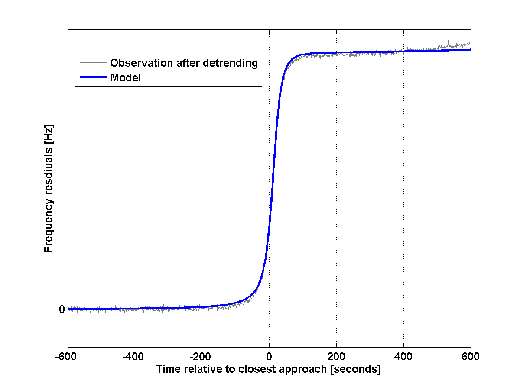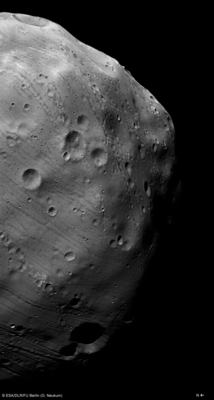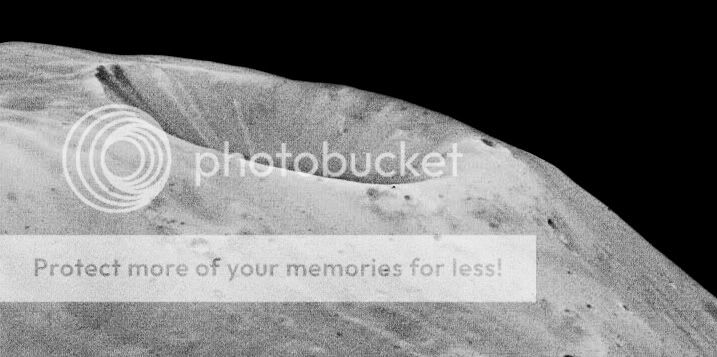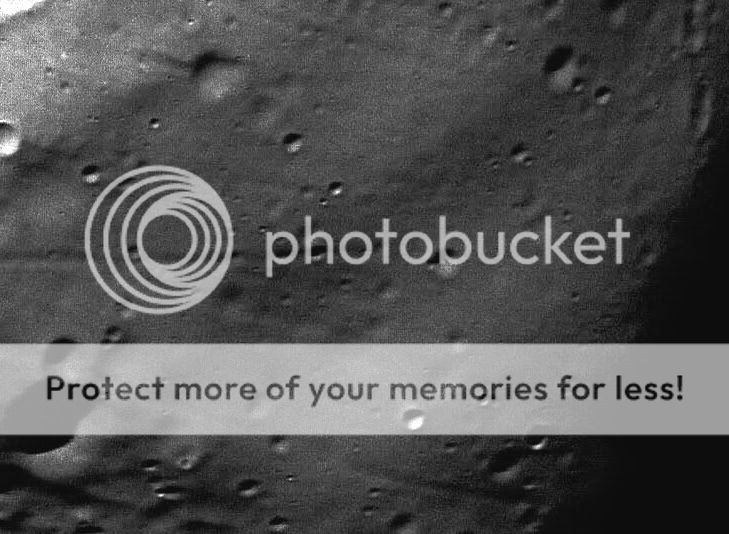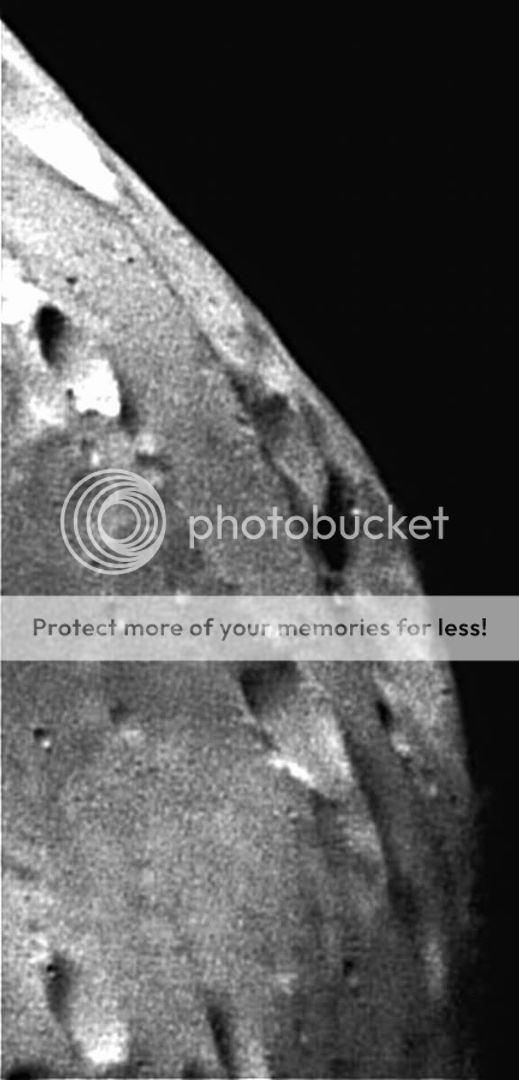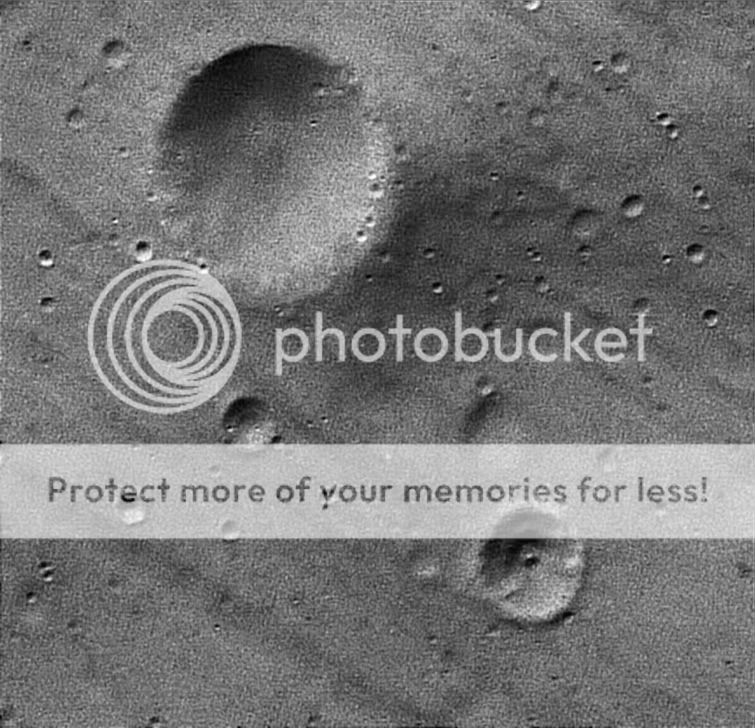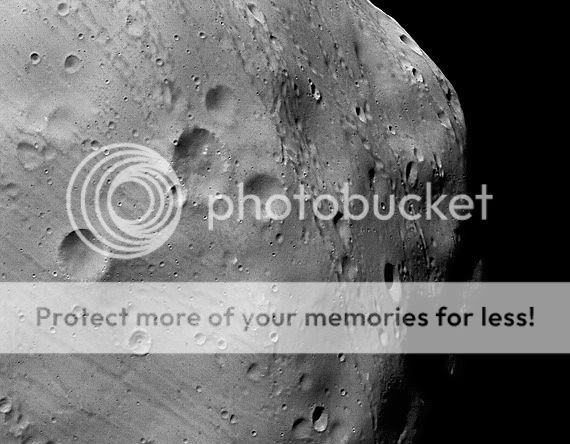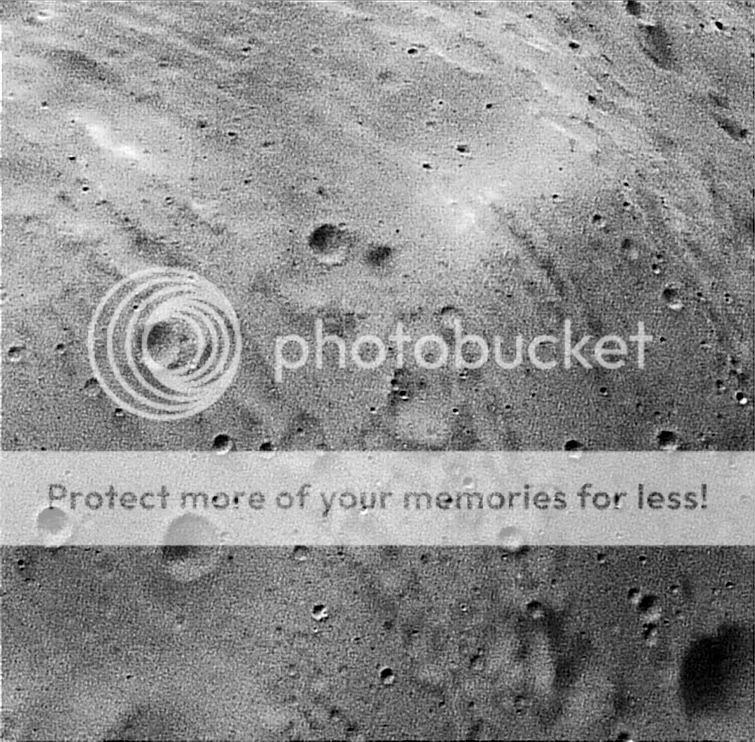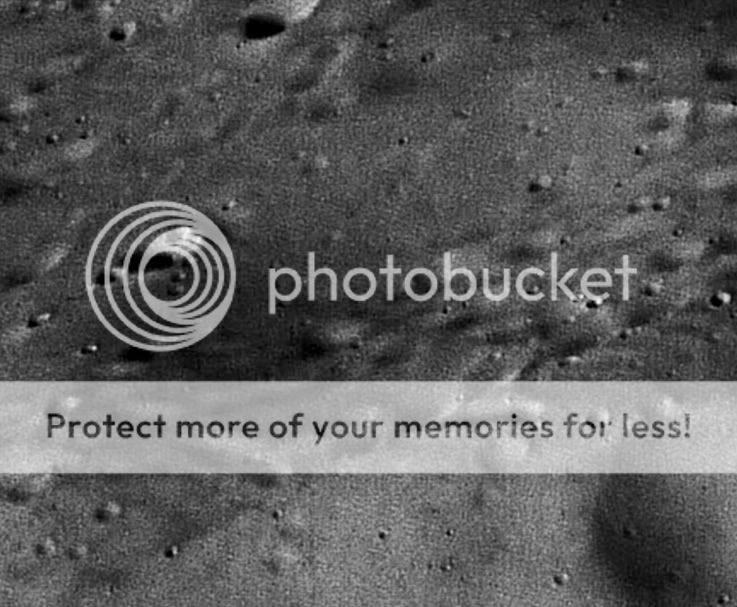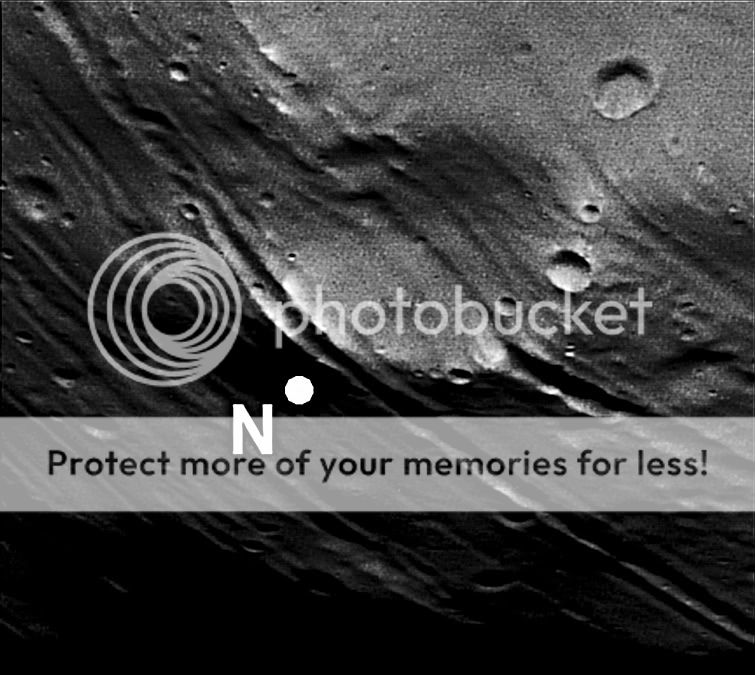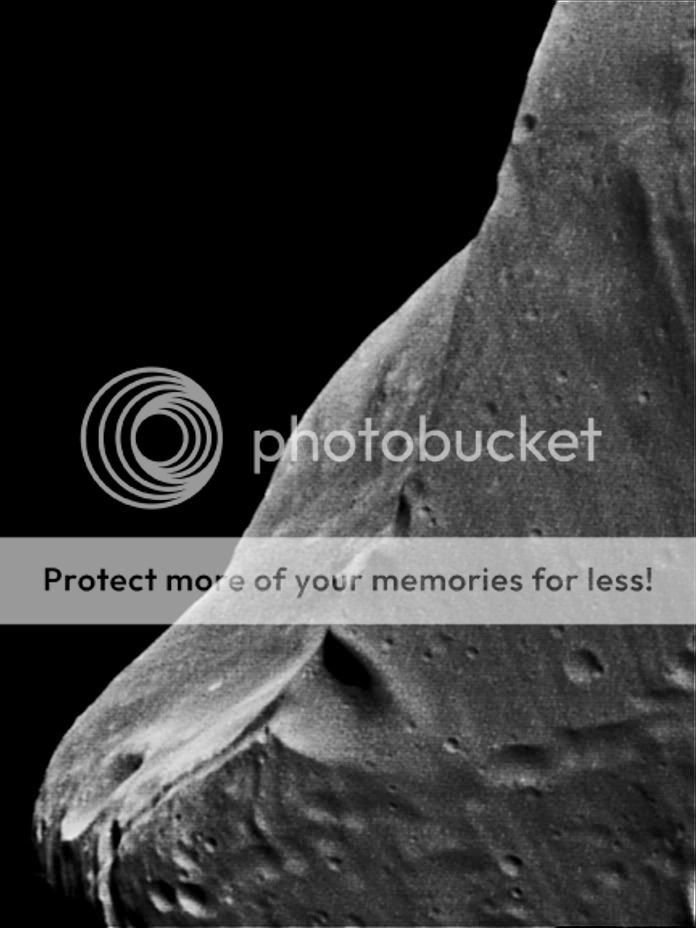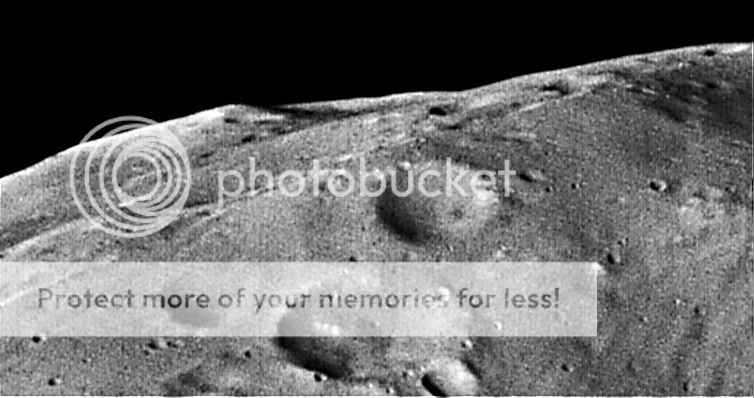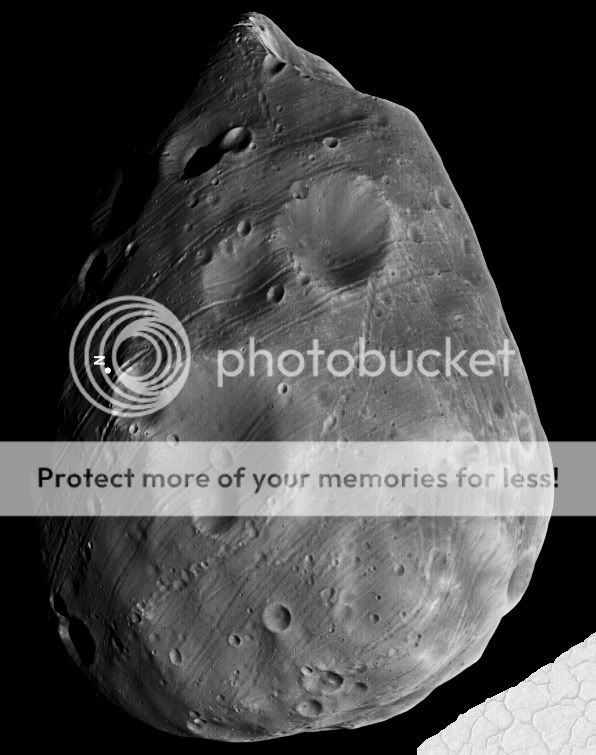M
MeteorWayne
Guest
http://www.esa.int/esaSC/SEMDUGSJR4G_index_0.html
Auspicious orbit marks run-up to Phobos flyby
29 January 2010
On 26 January, Mars Express completed its 7777th orbit around the Red Planet, an auspicious milestone as the satellite is readied for the closest-ever flyby of Phobos, scheduled for just a few weeks from now.
....
Mars Express, on 3 March, to conduct the closest flyby and examination of Phobos, Mars’ largest moon. The flyby, at a planned altitude of just 50 km, will collect very precise radio Doppler data to help determine the moon’s gravity field more accurately than ever.
Mars Express imaged the martian moons Phobos and Deimos together on 5 November 2009
This close flyby will be bracketed by similarly close passages, which will be used for other scientific investigations including radar sounding and imaging.
Knowing the gravity field will help scientists to understand the distribution of mass inside the moon, which is another step in the quest to discover the origin of Phobos.
None of the other spacecraft now orbiting Mars can fly as close to Phobos. While Mars is the mission’s primary target, this flyby is an excellent opportunity for additional scientific investigation of the Mars system, and will boost overall science return
Auspicious orbit marks run-up to Phobos flyby
29 January 2010
On 26 January, Mars Express completed its 7777th orbit around the Red Planet, an auspicious milestone as the satellite is readied for the closest-ever flyby of Phobos, scheduled for just a few weeks from now.
....
Mars Express, on 3 March, to conduct the closest flyby and examination of Phobos, Mars’ largest moon. The flyby, at a planned altitude of just 50 km, will collect very precise radio Doppler data to help determine the moon’s gravity field more accurately than ever.
Mars Express imaged the martian moons Phobos and Deimos together on 5 November 2009
This close flyby will be bracketed by similarly close passages, which will be used for other scientific investigations including radar sounding and imaging.
Knowing the gravity field will help scientists to understand the distribution of mass inside the moon, which is another step in the quest to discover the origin of Phobos.
None of the other spacecraft now orbiting Mars can fly as close to Phobos. While Mars is the mission’s primary target, this flyby is an excellent opportunity for additional scientific investigation of the Mars system, and will boost overall science return


